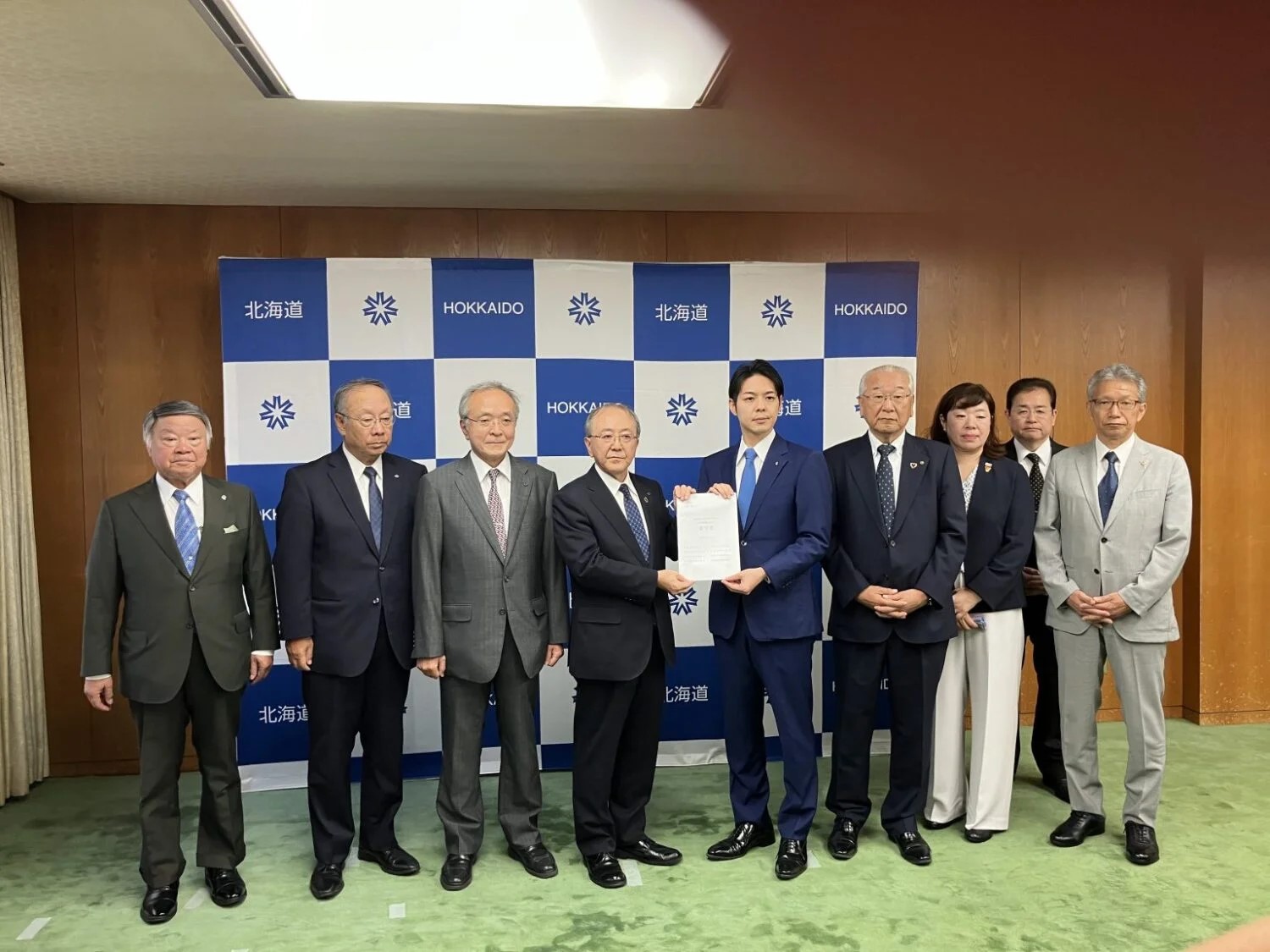On the same day, Kansai EP filed applications with the Nuclear Regulation Authority (NRA) of Japan for permission to make changes to its reactor installations, involving its plan to replace the reactor core internals at the two units. The replacement work will be done during periodic inspections of Unit 1 from June to December 2028, and at Unit 2 from November 2028 to April 2029.
Reactor core internals are important structures housing the nuclear fuel assemblies within a reactor vessel. Made of stainless steel, they are about 10m long, have an outer diameter of about 4m, and weigh about 130t. The lower portion of each (about 89t) holds the fuel assemblies, while the upper portion (about 44t) supports the lower portion from above.
With the aim of improving long-term reliability, MHI will adopt the latest designs, including measures dealing with the possibility of damaged bolts, instances of which have happened overseas.
The company is planning an integrated replacement. The new reactor core internals will be manufactured one at a time at MHI’s Kobe Shipyard & Machinery Works, followed by replacement work at the site.
Although reactor core internals are large structures, the need for high levels of safety and reliability require processing precision on the order of 0.01mm. Superior design and manufacturing capabilities are also necessary. Installation within the reactor vessels will similarly require expert positioning skills, techniques, and accuracy.
This is the second order that Kansai EP has placed to MHI for the integrated replacement of reactor core internals, the first having been for its Mihama-3 (PWR, 826MW) in 2021. In all, these will be the sixth and seventh such replacements worldwide, all of which have been performed by MHI.
Takahama-1 and -2 and Mihama-3 have all been in operation for more than 40 years. This fall, Takahama-1 will mark its 50th anniversary of entering service. Kansai EP is replacing reactor core internals as a preventive measure to secure the reactors’ long-term reliability.












-049.jpg)
.jpg)





